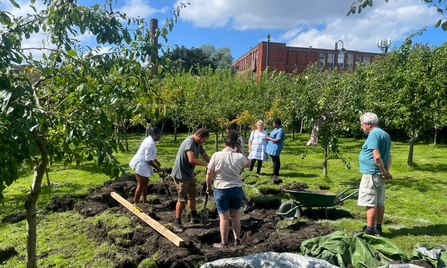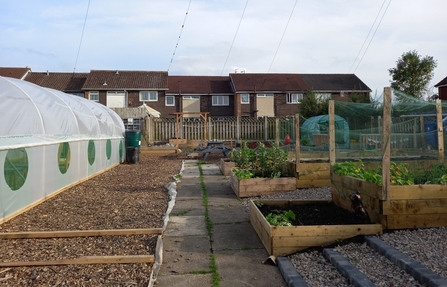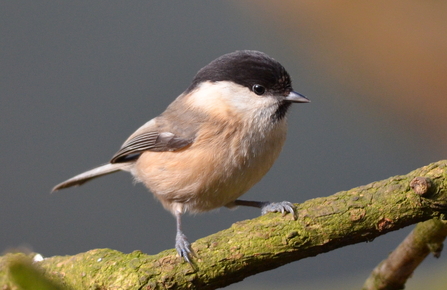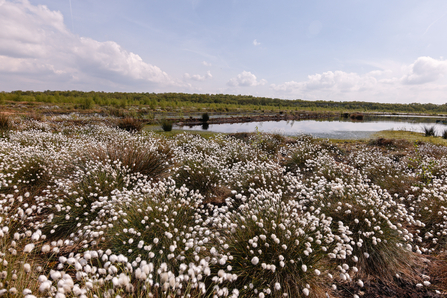Greater Manchester’s first State of Nature report provides a thorough review of the city-region's wildlife, spaces for nature and wider environment – and it makes for worrying reading.
The report was published in early March 2024 and has revealed a long list of concerning statistics about the state of nature across the region. Among them, it shows that up to 40 per cent of individual bird species populations have declined in the past 40 years, a third of Greater Manchester residents can’t access green spaces within 15 minutes of their homes, and not a single river in the area is in ‘good’ ecological condition.
However, there is hope. There are dedicated people and projects who are working to turn the bad news into good. With that in mind, let’s dive into some of the most concerning statistics in the State of Nature report and explore some of the vital work going on behind the scenes to improve the situation.







